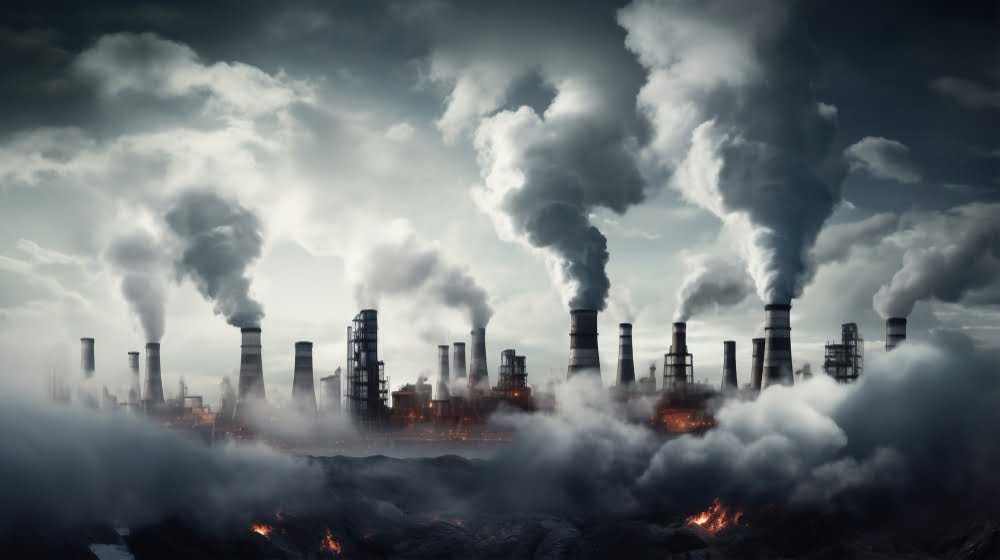Introduction:
Gas, often described as the unsung hero of our energy landscape, plays a pivotal role in powering our world. From heating our homes to fueling industrial processes, gas is the invisible force that propels progress. This blog post seeks to illuminate the various aspects of gas, exploring its sources, applications, environmental impact, and the future trends that will shape its role in our energy portfolio.
I. The Origins and Composition of Gas:
Understanding Natural Gas:
- Natural Gas Reservoirs: Sourced from deep within the Earth, natural gas is predominantly composed of methane, with smaller amounts of ethane, propane, and butane. These reservoirs, formed over millions of years, are found beneath the Earth’s surface and often coexist with oil deposits.
- Shale Gas: In recent years, technological advancements have unlocked vast reserves of shale gas. Extracted through hydraulic fracturing, or “fracking,” shale gas has transformed the global energy landscape, offering a more abundant and accessible source.
II. Gas in Action:
Energy Production:
- Power Generation: Natural gas power plants have become the cornerstone of electricity generation. The combustion of gas produces heat, which, in turn, is used to generate steam and drive turbines. This process is not only efficient but also results in fewer emissions compared to traditional coal-fired plants.
- Combined Heat and Power (CHP): Gas is a versatile energy source, often employed in combined heat and power systems. These systems simultaneously produce electricity and utilize the waste heat for heating or cooling purposes, enhancing overall efficiency.
Industrial Applications:
- Manufacturing and Processing: Many industrial processes rely on gas as a heat source. Industries such as steel, ceramics, and glass manufacturing utilize gas-fired furnaces to achieve the high temperatures required for production.
- Chemical Production: Gas is a key feedstock in the production of various chemicals, including fertilizers, plastics, and synthetic materials. Its role as a precursor in chemical reactions underscores its importance in modern industry.
III. Environmental Considerations:
Emissions and Climate Impact:
- Carbon Emissions: While natural gas combustion produces fewer carbon emissions compared to coal and oil, it is not entirely devoid of environmental impact. Methane, the primary component of natural gas, is a potent greenhouse gas, and its release during extraction and transportation poses environmental challenges.
- Methane Mitigation: Efforts to curb methane emissions, such as improved leak detection and repair technologies, are critical to mitigating the environmental impact of gas operations. Innovations in extraction and transportation methods aim to minimize the release of methane into the atmosphere.
IV. The Role of Gas in the Energy Transition:
Bridge to Renewables:
- Transition Fuel: Gas is often touted as a “bridge fuel” in the transition to a more sustainable energy mix. Its lower carbon footprint compared to coal makes it a viable option to reduce emissions while renewable technologies mature and become more widespread.
- Renewable Gas: The concept of renewable gas, produced from organic waste or through electrolysis using renewable energy, holds promise as a sustainable alternative. As technology advances, renewable gas could play a more significant role in decarbonizing the gas sector.
V. Challenges and Innovations:
Supply and Demand Dynamics:
- Price Volatility: Gas markets are susceptible to price fluctuations influenced by geopolitical events, supply disruptions, and changing demand patterns. These dynamics pose challenges for both producers and consumers, necessitating strategic planning and risk management.
- Energy Storage: Addressing the intermittent nature of renewable energy sources requires advancements in energy storage. Gas, particularly in the form of hydrogen, is being explored as a potential storage medium to ensure a stable and reliable energy supply.
VI. The Future of Gas:
Technological Advancements:
- Hydrogen Economy: Hydrogen, often referred to as the “fuel of the future,” is garnering attention as a clean energy carrier. Utilizing gas as a feedstock for hydrogen production, especially through electrolysis powered by renewable energy, could redefine its role in a low-carbon future.
- Carbon Capture and Storage (CCS): Innovations in carbon capture and storage technologies aim to capture and store carbon dioxide emissions from gas-fired power plants. This approach could significantly reduce the environmental footprint of gas-based energy generation.
Conclusion:
In the grand tapestry of energy, gas emerges as a multifaceted player, contributing to the intricate balance between power generation, industrial processes, and the evolving landscape of environmental responsibility. As we navigate the challenges and opportunities that lie ahead, the role of gas in our energy portfolio continues to evolve. Through responsible extraction, technological innovations, and a commitment to sustainability, gas can play a pivotal role in shaping a cleaner and more resilient energy future. The invisible powerhouse that is gas is set to become a beacon in our journey towards a sustainable and energy-diverse world.

